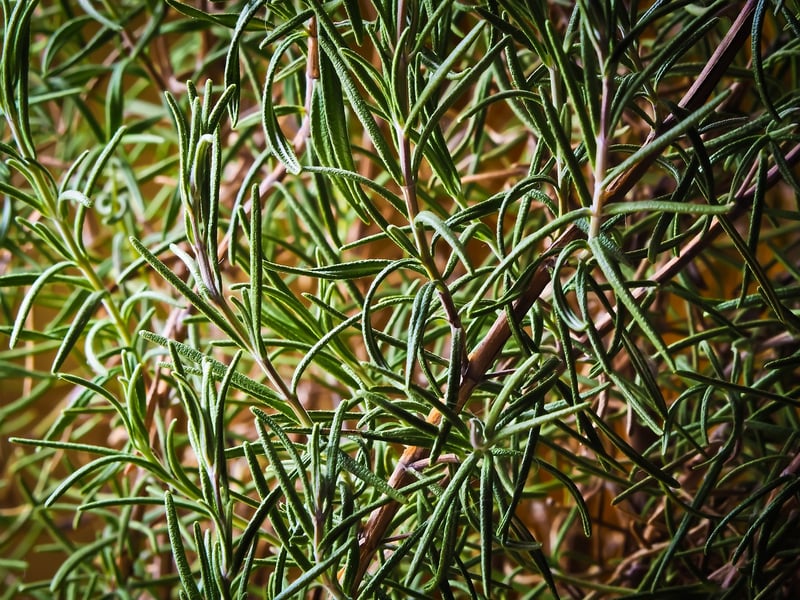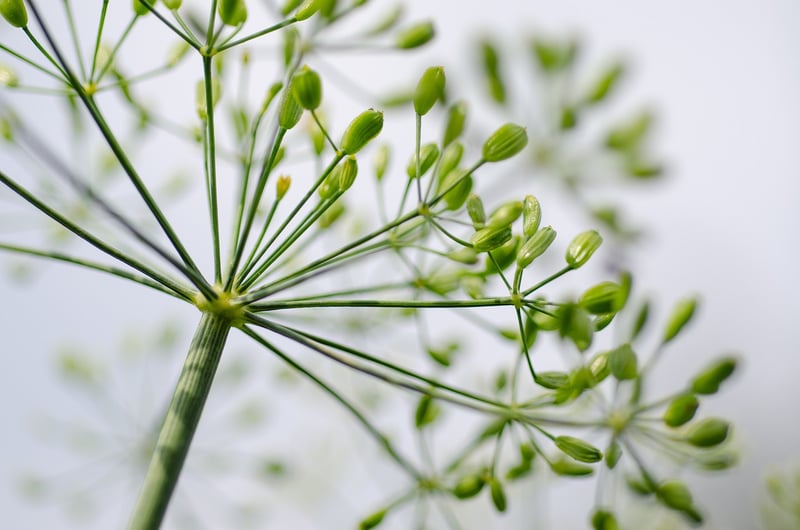Herb Growing Techniques
Cultivate Greenery: Herb Growing Techniques
Welcome to the world of herb growing! Whether you're a seasoned gardener or just starting out, cultivating your own herbs can be a rewarding and sustainable practice. In this guide, we'll explore some essential techniques to help you grow a thriving herb garden right at home.
1. Choose the Right Herbs
Start by selecting herbs that are well-suited to your climate and growing conditions. Popular choices for beginners include basil, mint, rosemary, and parsley. Consider the amount of sunlight, water, and space your chosen herbs will need.
2. Provide Adequate Sunlight
Most herbs thrive in full sunlight, so ensure your garden receives at least 6-8 hours of direct sunlight each day. If you're growing herbs indoors, place them near a sunny window or use grow lights to supplement natural light.
3. Use Quality Soil
Herbs prefer well-draining soil rich in organic matter. Consider using a potting mix specifically formulated for herbs or create your own blend using compost, perlite, and peat moss. Good soil promotes healthy root growth and overall plant development.
4. Water Wisely
Overwatering is a common mistake when growing herbs. Allow the top inch of soil to dry out between waterings to prevent root rot. Different herbs have varying water requirements, so research each herb's specific needs for optimal growth.
5. Prune Regularly
Pruning herbs not only keeps them tidy but also encourages bushier growth and higher yields. Pinch off the top leaves regularly to promote branching and prevent the herbs from flowering too soon, which can affect flavor.
6. Harvest Thoughtfully
When harvesting herbs, do so in the morning when their essential oils are most concentrated. Use sharp scissors to snip off the top growth, leaving some leaves behind for the plant to continue thriving. Regular harvesting promotes new growth and ensures a fresh supply of herbs.
7. Prevent Pests Naturally
Avoid using harsh chemicals on your herbs by opting for natural pest control methods. Companion planting, such as growing basil near tomatoes to deter pests, or using homemade insecticidal soap solutions can help keep pests at bay while maintaining the integrity of your herbs.
8. Enjoy the Fruits of Your Labor
Once your herbs are ready for harvest, enjoy using them in culinary dishes, teas, or for their medicinal properties. Freshly picked herbs have superior flavor compared to store-bought ones, adding a vibrant touch to your cooking.
Embark on your herb-growing journey and experience the joy of cultivating greenery right at your fingertips!

For more tips and inspiration on herb growing, visit The Old Farmer's Almanac.
